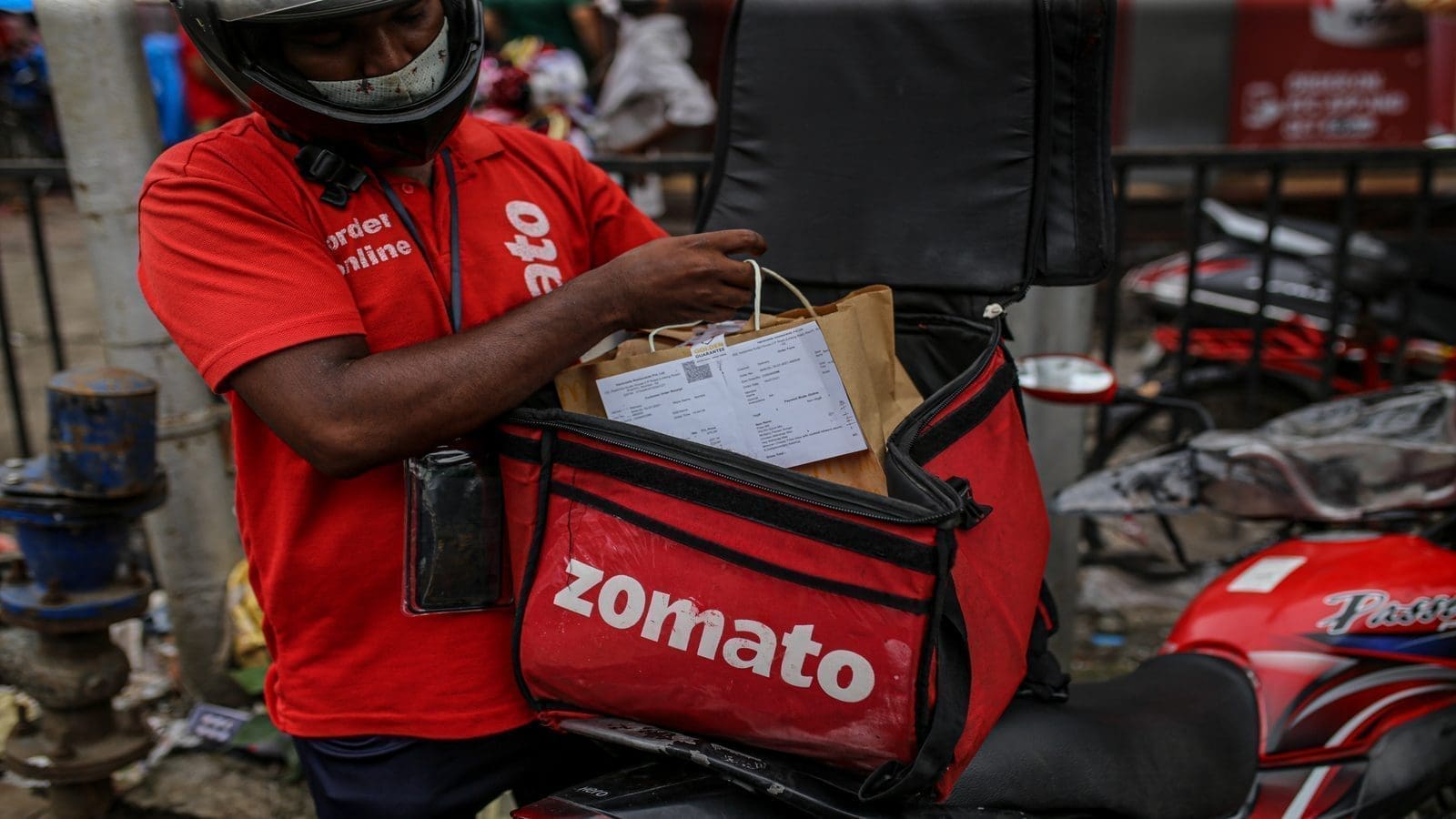SOUTH AFRICA – South Africans’ desire for new shopping centres has been insatiable, and another mall has entered the fray.
After months of anticipation, the R4.9bn Mall of Africa, located next to the N1 highway in Midrand, opened on Thursday.
The 131,038m² shopping centre is the largest first-phase completion of a mall in SA to date. It is still far smaller than malls in many developing Asian countries, which tend to average around 300,000m².
“The opening of this iconic mega mall marks a significant strategic milestone for retail in SA and indeed takes the African retail experience to a totally next level,” said Morné Wilken, CEO of listed property fund Attacq.
“As the 80% owner of Mall of Africa, the opening of the Mall of Africa marks a significant business milestone for Attacq and our business environment. Mall of Africa is a world-class lifestyle and retail destination, bringing significant value to the offering of the Gauteng province as the southern African sub-continent’s commercial powerhouse,” he said.
By 1.30pm, 70,000 people had walked into Mall of Africa. Mr Wilken said many customers were taking advantage of opening sales by large stores such as clothing retailers H&M and Cotton On and electronics group Dion Wired.
Starbucks had also opened its second branch in the country and was “trading extremely well”.
“We are really excited about what this mall can do. It is located in an extremely good position. Shopping mall culture is very much entrenched in South Africans. In Gauteng, we hang out at malls. Families go to malls. It’s what we do.
We feel we have built a centre which has a strong choice of tenants, more space and more facilities than any other shopping centre in SA,” said Mr Wilken.
He added that the mall would act as a strong catalyst for demand for premises in the surrounding Waterfall City, which had a further 663,815m² of bulk available for development.
“Waterfall City is seen as one of the most significant South African commercial developments of the decade. We feel all of its components will support one another and it will be a very successful development for decades to come,” said Mr Wilken.
Mall of Africa has around 300 stores and Attacq plans to extend it by about 25,000m², depending on market demand. Mr Wilken said the mall’s size meant it could support a variety of tenants.
The new mall, however, is not nearly as big as malls in many other developing continents.
In comparison, SM Prime Holdings owns the Mall of Asia, which is in Pasay, Philippines.
This super mall is being extended from 400,000m² to 700,000m² and will have 1,300 stores.
Stanlib’s head of listed property funds, Keillen Ndlovu, said the Mall of Dubai in the United Arab Emirates was about 502,000m².
Other malls in Africa, however, tended to be smaller — aside from the Cairo Festival City Mall in Egypt, which was 168,000m².
The Mall of Arabia, also in Cairo, had about 180,000m² of gross lettable area.
There are about 40 shopping centres sized 20,000m² or more that have been announced or are in production in SA, according to the Southern African Shopping Centre Directory of 2015.
Patrick Flanagan, head of development company Flanagan & Gerard, said developers must be careful where they build malls in an already saturated market.
“I think developers need to be careful. There are many shopping centres that have been announced which just won’t be sustainable in certain areas. Quite a few smaller centres are difficult to tenant in a slow-growth economy.
We are also not a nation of shopowners like in the UK. We tend to rather shop at large retailers, so bringing more convenience centres to market can be risky,” he said.
April 28, 2016; http://www.bdlive.co.za/business/retail/2016/04/28/customers-flock-to-opening-of-mammoth-mall-of-africa









